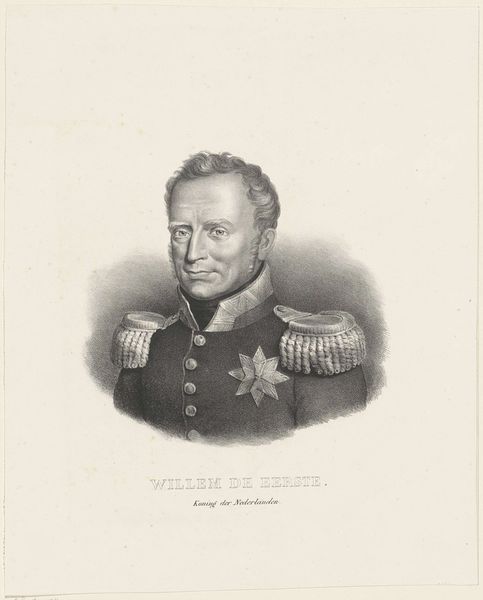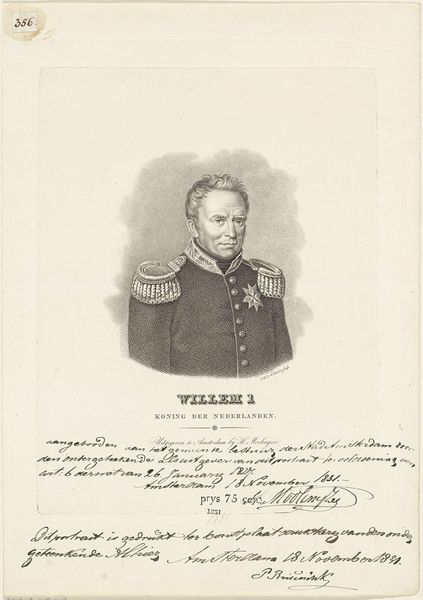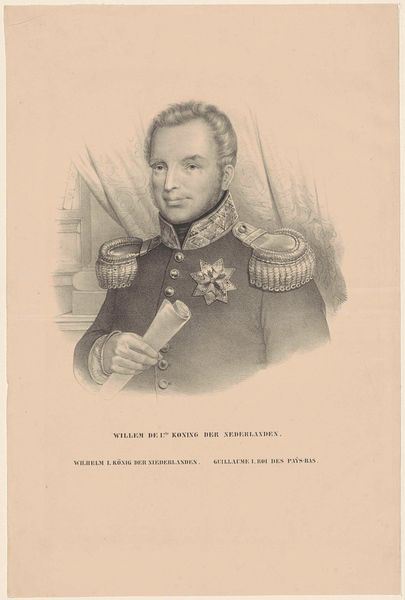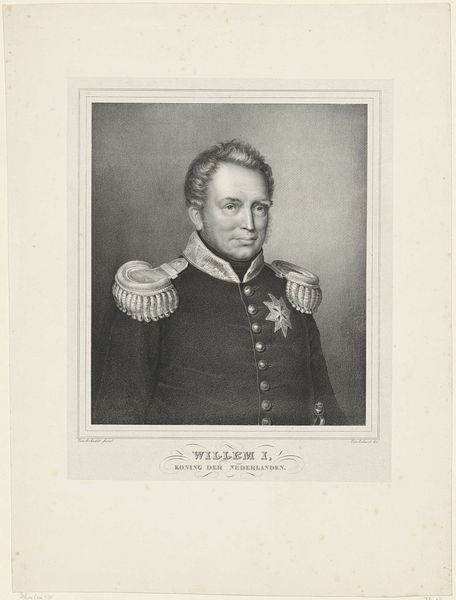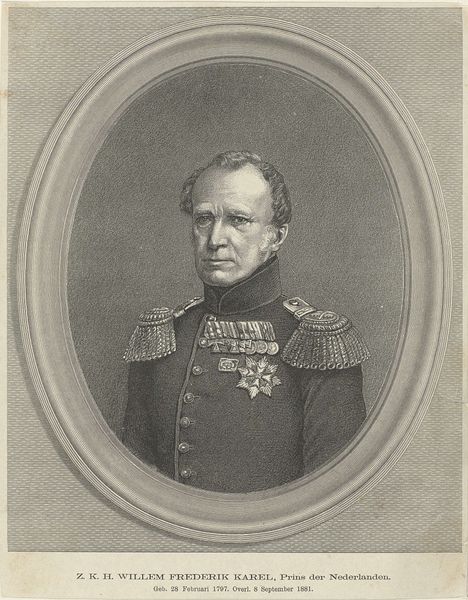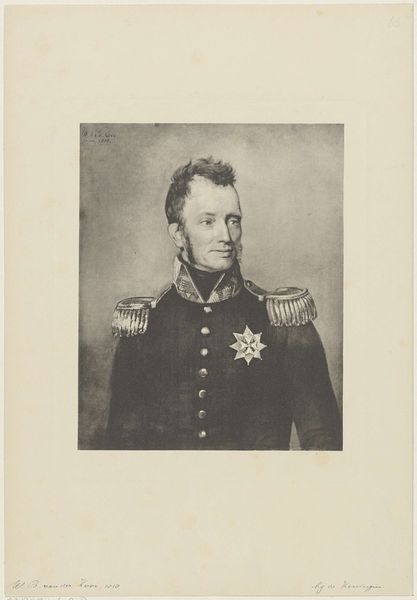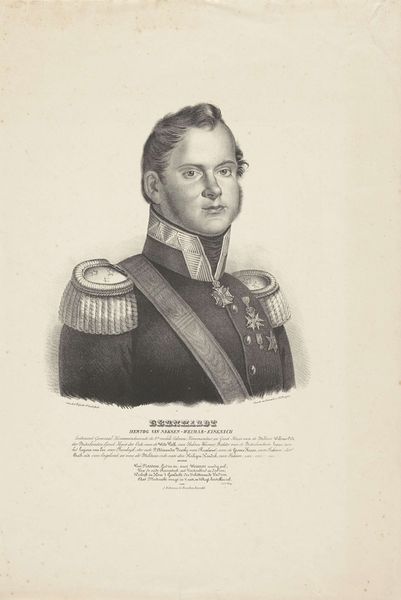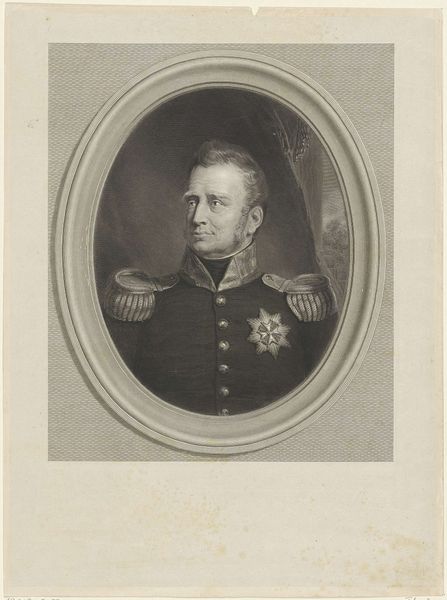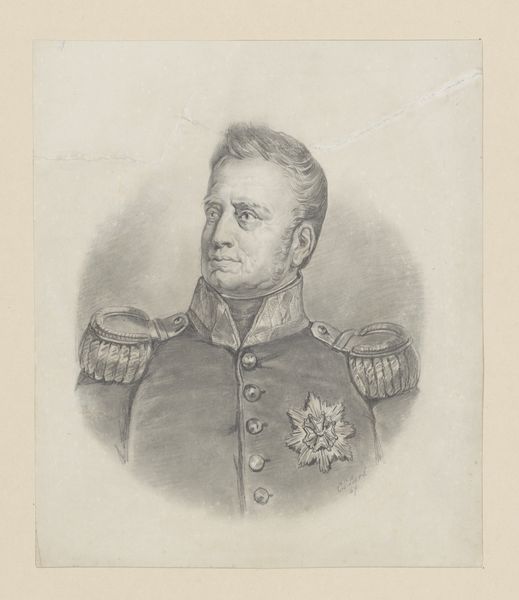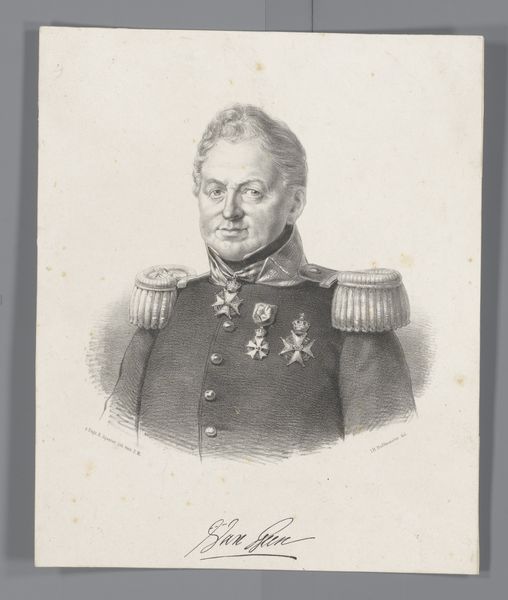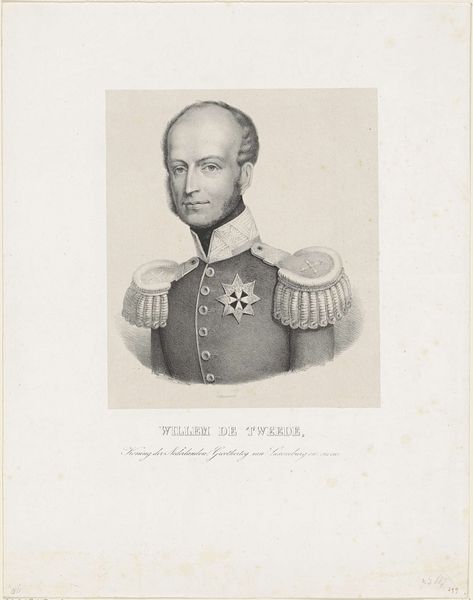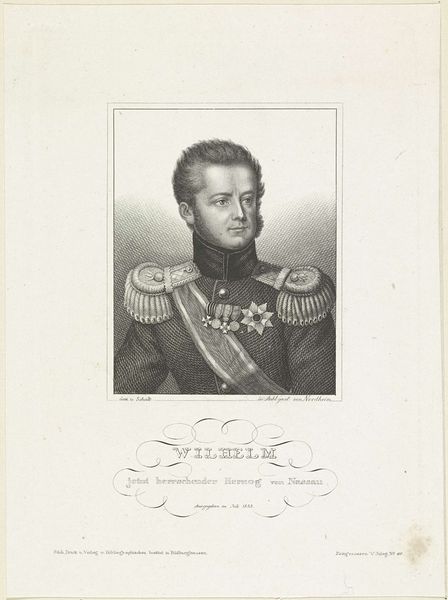
engraving
#
portrait
#
neoclacissism
#
historical photography
#
19th century
#
history-painting
#
engraving
Dimensions: height 410 mm, width 330 mm
Copyright: Rijks Museum: Open Domain
Editor: This engraving, "Portret van Willem I Frederik, koning der Nederlanden," dating from 1815 to 1899, presents a rather formal depiction of the King. He looks very serious! What do you see in this portrait, especially considering its historical context? Curator: This portrait offers a glimpse into the construction of power and identity in 19th-century Netherlands. We must ask: How does this image function to legitimize Willem I's rule? Note the Neoclassical style: the controlled lines, the emphasis on order. It's not just about representation; it's about projecting an image of stability and authority, especially potent in a time of political upheaval following the Napoleonic era. What kind of narratives were intentionally avoided here, and why? Editor: I hadn’t thought about it as a constructed image for political stability. I was focused on it being... well, just a portrait. What kind of narratives might have been purposefully avoided here, then? Curator: Think about it this way: who is missing from this picture? Where are the symbols of revolution, the echoes of social unrest, or the markers of colonial exploitation that funded this King's finery? It’s a sanitized vision, erasing complex realities. How does this calculated omission uphold existing power structures and suppress dissenting voices? What choices are made in the composition and the staging, and why? Editor: So the very act of creating this image, and what's *not* shown, tells a powerful story about control. It makes me think about whose stories get told and how. Thank you, that is something to reflect on. Curator: Precisely! It's a reminder that art, even seemingly straightforward portraits, are never neutral. It can serve as powerful tools to either reinforce the status quo, or, in some cases, challenge the status quo. We must never forget that we can use this as a model to better examine who benefits and who is forgotten from different kinds of media.
Comments
No comments
Be the first to comment and join the conversation on the ultimate creative platform.
